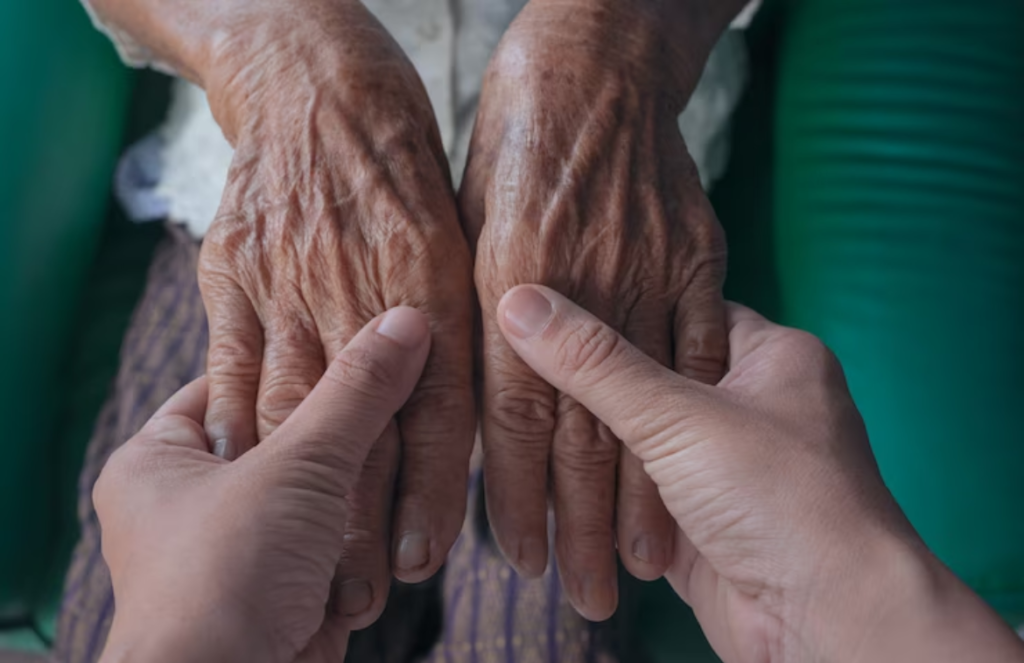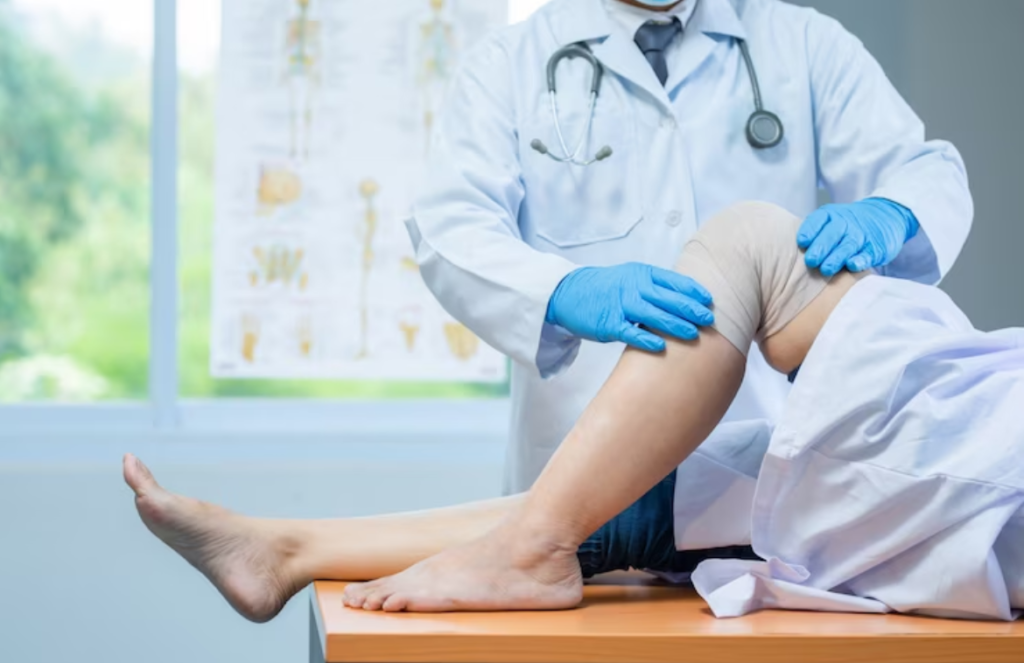Gonorrhea in women happens to be a sexually transmitted infection, known as a sexually transmitted disease, thus caused by bacteria. Sexually transmitted diseases are infections that spread mainly due to contact with genitals or even bodily fluids. Also referred to as STDs, STIs, or venereal diseases, sexually transmitted infections are indeed caused by bacteria, viruses, or perhaps parasites.
Gonorrhea bacteria can in fact infect the urethra, rectum, female reproductive tract, mouth, and also throat, or even the eyes. Gonorrhea is considered to be the most commonly spreading health issue during vaginal, oral, or anal sexual activity. Yet, babies can get this infection during childbirth. In babies, gonorrhea does in fact most commonly affect the eyes.
Avoiding sexual activity and also not having sex prevents the spread of gonorrhea. Making use of a condom during sexual activity can help prevent the spread of gonorrhea. Being in a mutually monogamous relationship, in which both partners have sex only with each other and neither partner is infected, limits the risk of an infection.
Symptoms of gonorrhea in women start to show up after a week of infection. It can vary from person to person. Some people may not show any symptoms.
The common symptoms in men include:
- Frequent Urination.
- A pus-like discharge from the penis.
- Swelling or redness at the opening of the penis.
- Swelling or pain in the testicles.
- A persistent sore throat.
Symptoms in women include:
- Discharge from the vagina.
- Pain or burning sensation while urinating.
- Tendency to urinate frequently.
- Heavier periods or spotting.
- Pain during sexual intercourse.
- Sharp pain in the lower abdomen.
- Sore throat.
- Fever.
Common symptoms of gonorrhea in women are:
- Anxious mood.
- Fatigue.
- Pain.
- Depressed Mood.
- Stress.
If untreated, it may lead to complications like:
- Pelvic inflammatory disease (PID): If left untreated, women can rather develop this. It can indeed cause severe damage to female reproductive organs.
- Blockage or even scarring of the fallopian tube can occur, which can affect future pregnancy.
- Scarring in one’s urethra can be present in men.
- A painful abscess can develop in the interior of the penis.
- Newborns can get the infection during delivery.
- Fertilization of an egg outside the uterus can occur, which would result in ectopic pregnancy.
Common symptoms of gonorrhea include:
- Discharge from one’s genitals (white, yellow, or even greenish in men; increased discharge from the vagina in women).
- Pain or perhaps a burning sensation when urinating.
- Painful, or rather swollen, testicles in men.
- Sore, dry throat.
- Conjunctivitis.
More female symptoms of gonorrhea infection include:
- Increased vaginal discharge.
- Vaginal bleeding between periods, like during vaginal intercourse
- Painful urination.
- Abdominal or pelvic pain.
Gonorrhea can also affect these parts of the body:
- Rectum: Symptoms do include anal itching, pus-like discharge from one’s rectum, spots of bright red blood on toilet tissue, and also having to strain during bowel movements.
- Eyes: gonorrhea that does affect the eyes and can cause eye pain, sensitivity to light, and also pus-like discharge from one or even both eyes.
- Throat: Symptoms of a throat infection can include a sore throat and also swollen lymph nodes in one’s neck.
- Joints: If one or even more joints do become infected by the affected joints, they might be warm, red, swollen, and extremely painful during movement, and this condition is called septic arthritis.
Conclusion
See a healthcare professional if noticing symptoms like a burning sensation while urinating or even a pus-like discharge from one’s penis, vagina, or rectum.
















